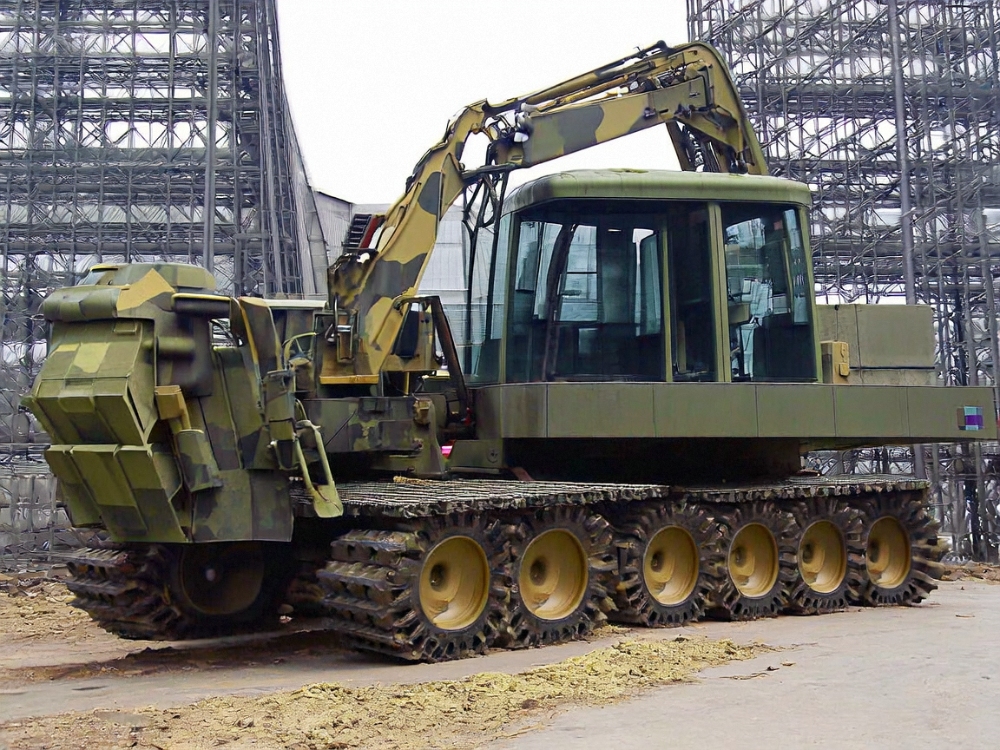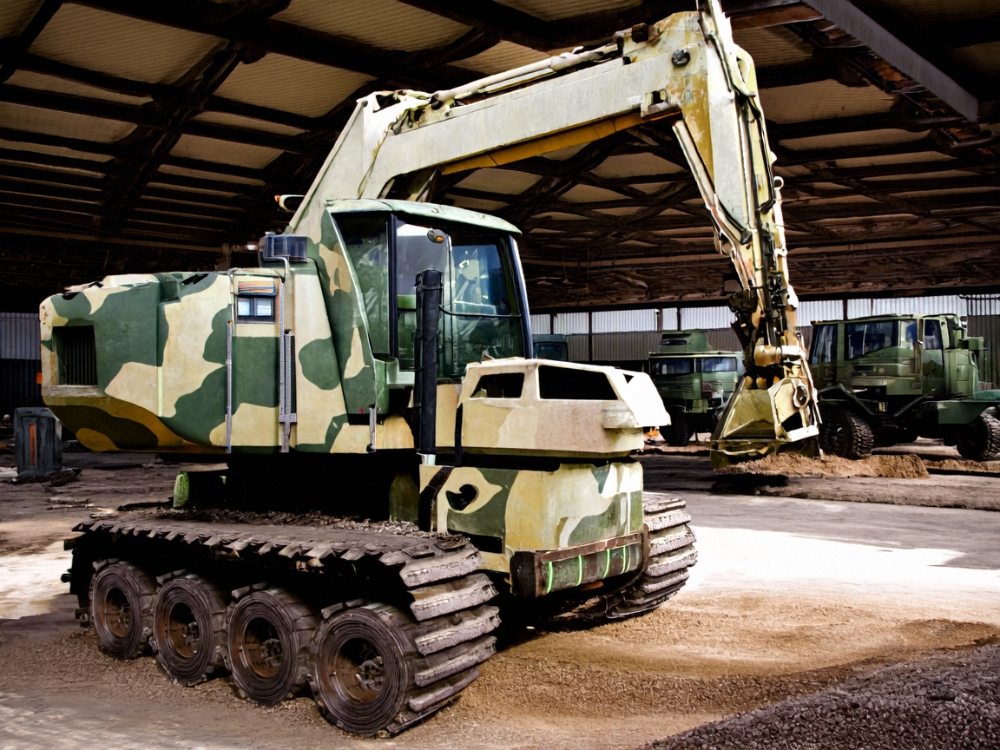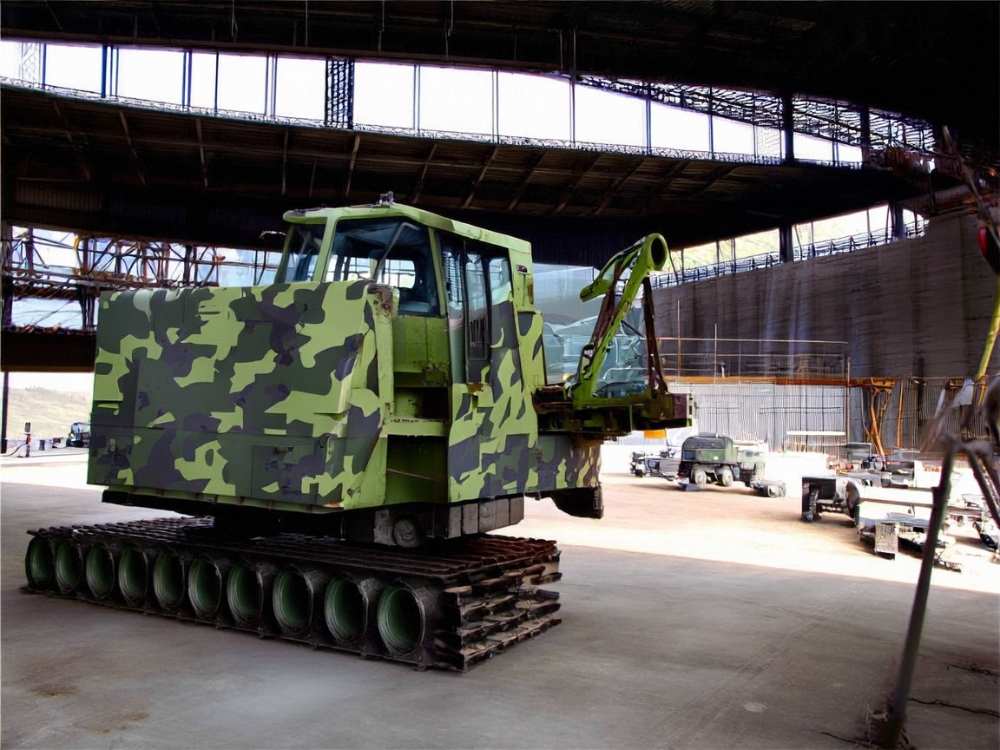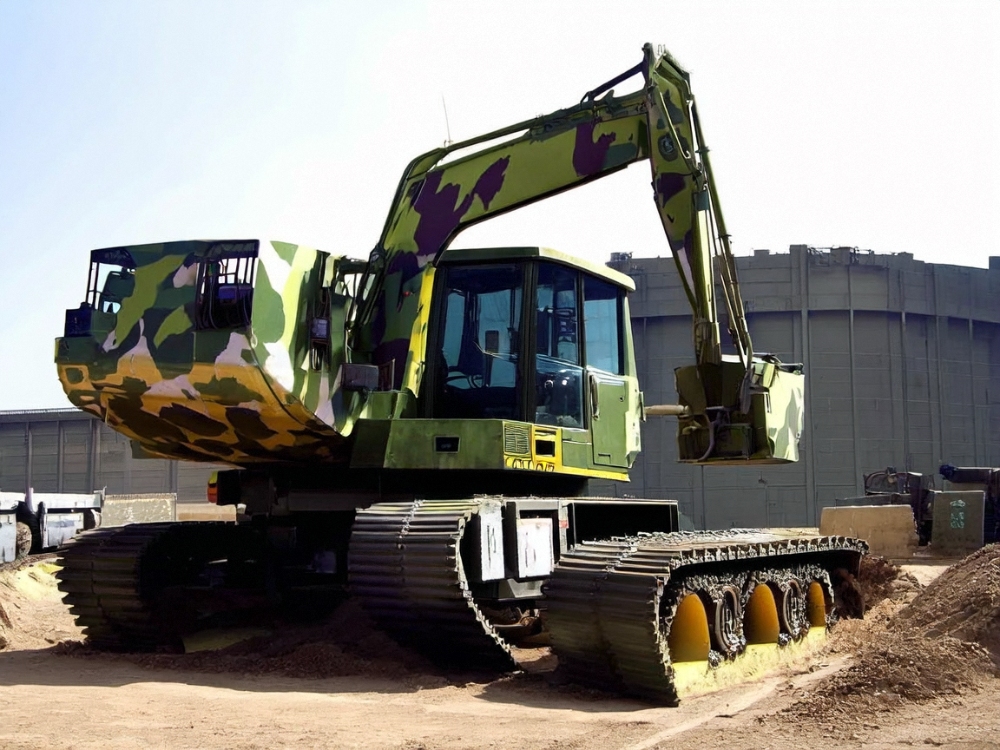Recommend Products
-
$19,000$21,000
-
$62,000$66,000
-
$65,000$69,000
-
$17,000$19,000
With the advancement of large-scale construction projects worldwide, the demand for excavators in the global construction machinery market continues to grow. This is particularly evident in developing countries, where demand for medium and large excavators has surged. Meanwhile, developed countries have also seen an increasing need for small to mid-sized and newer models of excavators. Purchasing used excavators has become one of the most effective ways to reduce costs, especially for small and medium-sized businesses, as well as individual buyers. However, cross-border transactions introduce challenges such as complex factors and logistical issues, making excavator trade more difficult.

1. Overview of the Global Used Excavator Market Demand
Various countries across the globe have established markets and platforms for buying and selling used excavators, but the highest demand is concentrated in developing regions like Africa, Southeast Asia, and Latin America. These areas are experiencing a boom in infrastructure development. However, the high cost of new machinery drives many buyers to turn to the used market in hopes of finding affordable yet high-performing excavators. Brands like Caterpillar, Komatsu, Hitachi, and Volvo are particularly sought after, as their equipment is known for reliability and widespread market acceptance.

2. Rising Logistics Costs
Despite the thriving used excavator market, the biggest challenge lies in transportation. Since excavators are large machines, transporting them poses logistical difficulties. Small excavators can be shipped in containers, while medium-sized excavators require partial disassembly and categorized shipping. However, sea transportation is complicated by the different customs procedures of various countries and the differing import duties on used excavators. This significantly affects the overall purchase cost. In 2024. shipping costs have further increased, making transportation a major factor in the total price of a used excavator, accounting for 10% to 30% of its value. Some countries also impose restrictions on the import of used excavators, citing environmental regulations, machine age limits, and other factors, which can result in delays and additional fees.

3. Equipment Condition and Acceptance
Ensuring that the condition of a used excavator matches the description at the time of purchase can be difficult, especially when buying from another country. The complexity of cross-border transactions, coupled with poor communication between buyers and sellers, often leads to discrepancies in quality. One way to mitigate these risks is to buy from reputable platforms, such as Tiedou Construction Machinery Trade Co., Ltd. This well-established company, which holds a large stock of over 3.000 pieces of machinery, offers a range of inspection and customization services. Tiedou has a solid reputation as one of China's leading used excavator dealers.

4. Market Opportunities and Development
Despite the challenges, used excavators remain a hot commodity in the machinery market. By improving communication and inspection systems and enhancing the overall market environment and technological standards, the risks associated with buying and selling used excavators can be minimized. For companies like Tiedou, raising service quality is a key factor in maintaining a competitive edge. Tiedou is working to develop more effective and secure mechanisms, including thorough equipment inspections, maintenance, and customized solutions for buyers. Additionally, the company is collaborating with logistics providers to reduce shipping costs and improve market competitiveness by offering comprehensive services such as transportation solutions, shipping insurance, extended warranties, and spare parts supply. These efforts will further solidify Tiedou's position in the used excavator industry.
As globalization continues to shape the market, more convenient and efficient platforms will be essential. Tiedou aims to offer 24-hour equipment status monitoring and encourages customers to visit their facilities for on-site inspections and tests.